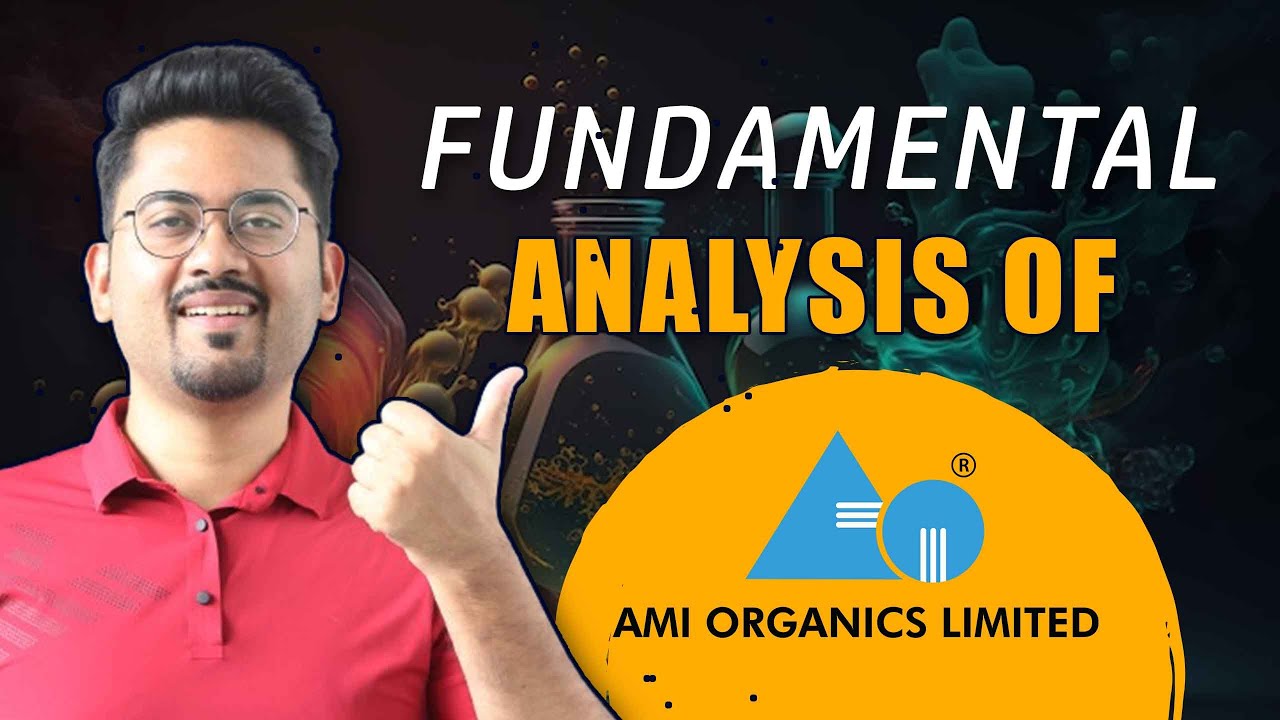How Chemical Production is Categorized (Commodities, Fine & Specialty Chemicals, Bulk Chemicals)
Summary
TLDRThis video delves into the classification of chemicals in the chemical engineering field, using the Klein Matrix to categorize them into four quadrants based on production volume and value addition: commodities, bulk chemicals, specialty chemicals, and fine chemicals. It highlights the roles of chemical engineers in transforming raw materials into valuable products, explaining the characteristics and examples of each category. The discussion emphasizes the importance of understanding these classifications for innovation and application within the industry, ultimately showcasing the diverse opportunities for engineers in various sectors.
Takeaways
- 😀 Chemical engineers transform raw materials into valuable products used in consumer and industrial applications.
- 😀 The client matrix categorizes chemicals based on production volume and added value, comprising four quadrants.
- 😀 Commodities represent high production with low value added, such as crude oil and steel, often requiring continuous production processes.
- 😀 Basic chemicals have higher value addition than commodities and are essential for fertilizers and industrial processes.
- 😀 Specialty chemicals, while produced in smaller quantities, are crucial for consumer products and industrial applications, featuring simple mixtures.
- 😀 Fine chemicals are niche products with high value, necessitating extensive research and development, such as pharmaceuticals and specialized polymers.
- 😀 The pricing of specialty chemicals can be significantly higher than basic chemicals, often by a factor of 10 to 100.
- 😀 There are many opportunities for chemical engineers to innovate within the specialty chemicals category without facing high entry barriers.
- 😀 The classification of chemicals can vary based on industry or company, with different methods for categorizing organic and inorganic materials.
- 😀 The speaker encourages viewers to explore the diverse applications of chemicals and their importance in everyday products and various industries.
Q & A
Why does the host compare the price of crude oil to pharmaceuticals?
-The host compares these prices to illustrate the differences in production volume and added value between different types of chemicals, highlighting how they are classified in the chemical industry.
What is the Klein Matrix and how is it used in the chemical industry?
-The Klein Matrix is a classification system that compares chemicals based on production volume (high or low) and value added (low or high), resulting in four quadrants that help categorize different chemicals.
What are the four quadrants of the Klein Matrix?
-The four quadrants are: 1) High Production, Low Value (Commodities), 2) High Production, High Value (Bulk Chemicals), 3) Low Production, Low Value (Specialty Chemicals), and 4) Low Production, High Value (Fine Chemicals).
Can you provide examples of commodities?
-Examples of commodities include crude oil, steel, and coal. These materials are produced in high volumes with minimal chemical transformation.
What distinguishes bulk chemicals from commodities?
-Bulk chemicals require some chemical processing, adding a small amount of value, while commodities are largely unchanged and produced in massive quantities, focusing more on refinement than transformation.
What are specialty chemicals, and how are they characterized?
-Specialty chemicals are produced in smaller quantities and are often mixtures designed for specific applications, such as antifreeze and paints. They offer lower differentiation compared to bulk chemicals.
What defines fine chemicals, and what are some examples?
-Fine chemicals are highly specialized products that require significant research and technology, leading to high prices. Examples include pharmaceuticals, catalysts, and specialized polymers.
What is the significance of raw materials in chemical engineering?
-Raw materials are the naturally occurring substances that chemical engineers transform into valuable products. Understanding what constitutes a raw material is crucial for categorizing and processing chemicals effectively.
How do price differences between bulk and specialty chemicals reflect their market dynamics?
-Specialty chemicals typically command higher prices—often 10 to 100 times more than bulk chemicals—due to their unique applications and the greater technological and research efforts required for their production.
What opportunities exist for chemical engineers in the specialty and fine chemical sectors?
-Chemical engineers have opportunities to innovate and create new products in specialty and fine chemical sectors, where there are fewer entry barriers compared to commodities, allowing for the development of differentiated and high-value materials.
Outlines

Этот раздел доступен только подписчикам платных тарифов. Пожалуйста, перейдите на платный тариф для доступа.
Перейти на платный тарифMindmap

Этот раздел доступен только подписчикам платных тарифов. Пожалуйста, перейдите на платный тариф для доступа.
Перейти на платный тарифKeywords

Этот раздел доступен только подписчикам платных тарифов. Пожалуйста, перейдите на платный тариф для доступа.
Перейти на платный тарифHighlights

Этот раздел доступен только подписчикам платных тарифов. Пожалуйста, перейдите на платный тариф для доступа.
Перейти на платный тарифTranscripts

Этот раздел доступен только подписчикам платных тарифов. Пожалуйста, перейдите на платный тариф для доступа.
Перейти на платный тариф5.0 / 5 (0 votes)






